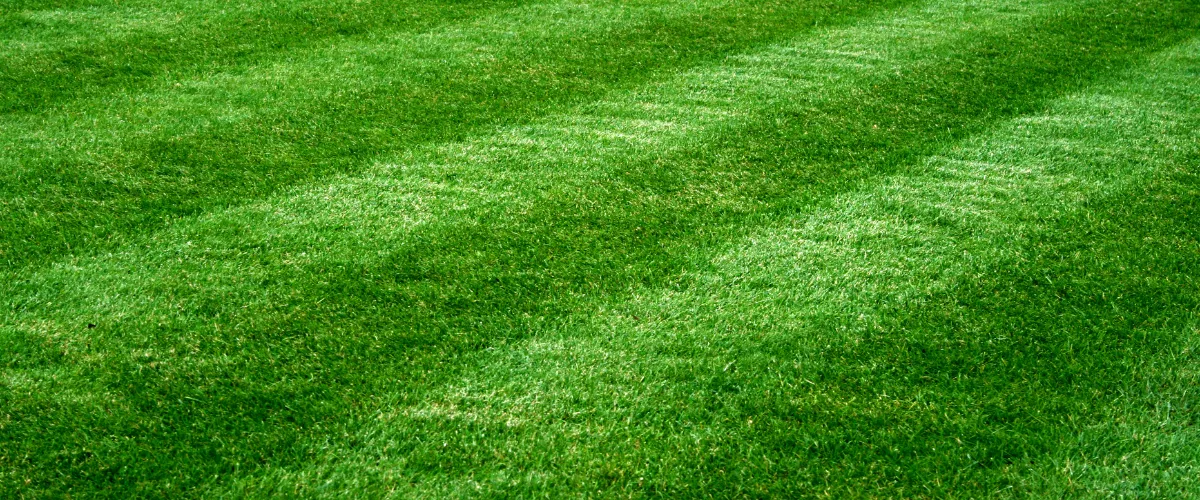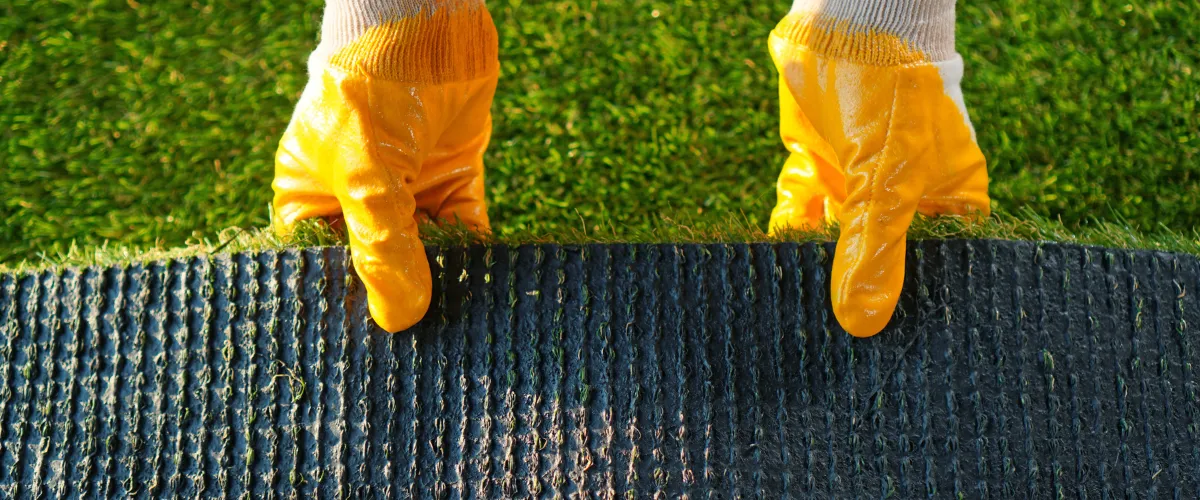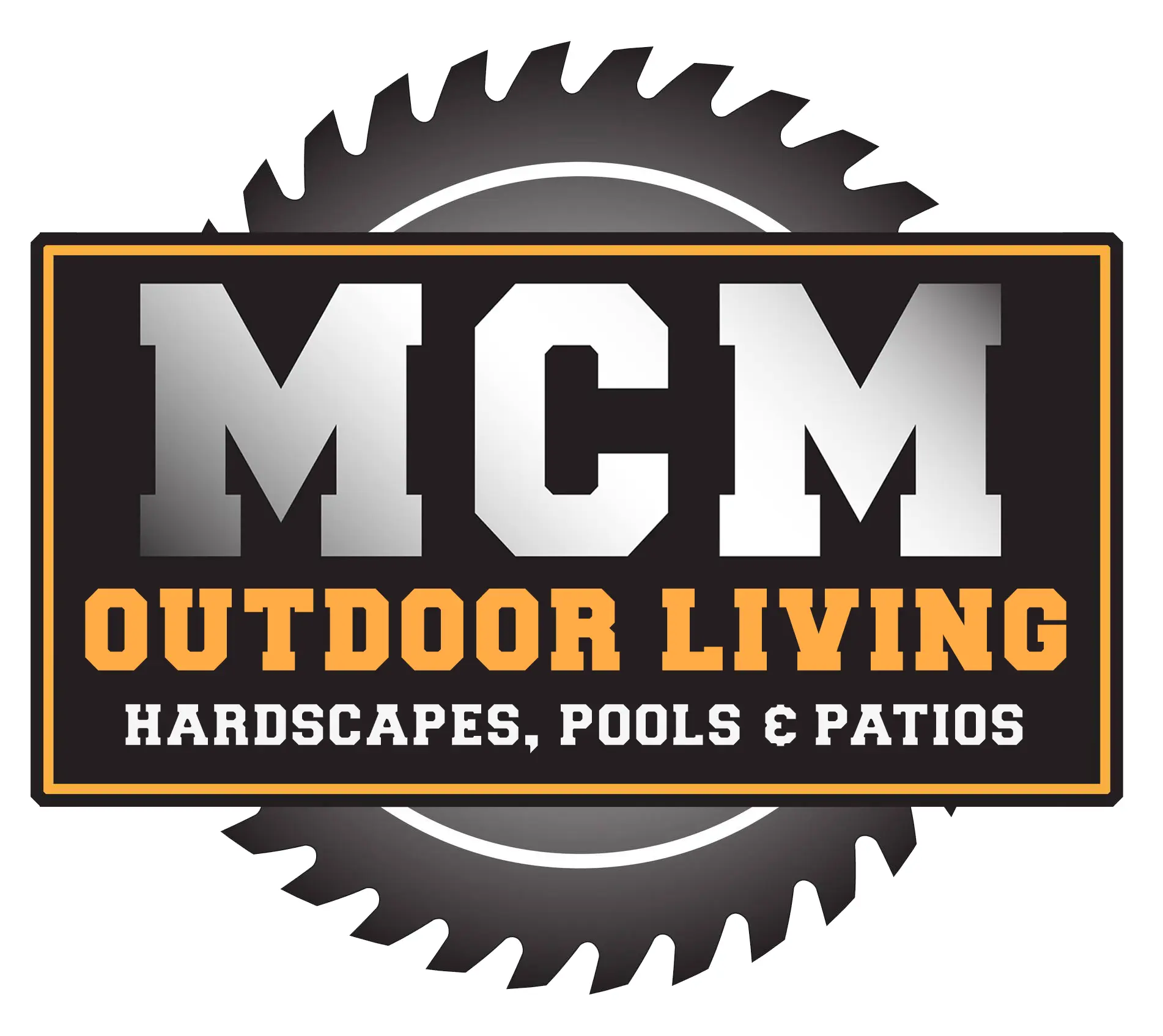Artificial Turf vs Natural Grass
Choosing between artificial turf and natural grass for sports fields can be challenging. Each option has its unique advantages and disadvantages, from costs to environmental impact and player safety. This article explores the key differences between artificial turf and natural grass, providing insights into cost comparison, maintenance, and the impact on athletes.
Keep reading to find out which surface is right for your sports field!

Cost Comparison
Initial Installation
The cost of installing a sports surface depends on many factors. This includes whether the surface is artificial turf or natural grass. Let’s compare the two in a clear table format.
| Surface Type | Average Cost | Key Factors Affecting Cost |
|---|---|---|
| Artificial Turf | $5 to $20 per square foot | Quality of turf, base preparation, drainage system |
| Natural Grass | $0.50 to $2.50 per square foot | Type of grass, soil preparation, irrigation system |
Artificial turf has a higher upfront cost. The quality of materials and the need for a proper drainage system add to the cost. Natural grass costs less at first. The soil and type of grass seed are big factors in the price.
Maintenance Expenses
Maintaining a sports surface costs money over time. Let’s look at the expenses for artificial turf and natural grass.
| Maintenance Aspect | Artificial Turf | Natural Grass |
|---|---|---|
| Regular Cleaning | Requires less frequent cleaning, but specialized equipment is needed. | Needs more regular cleaning, including mowing, which is less costly. |
| Water Usage | Minimal water needed, mainly for cooling or cleaning. | High water usage for irrigation. |
| Repair and Overhaul | Higher costs for repairs. Full replacement needed every 8 to 10 years. | Lower initial repair costs but requires frequent care and reseeding. |
| Chemical Treatments | No need for fertilizers or pesticides. | Regular use of fertilizers and pesticides necessary. |
| Lifespan | Can last 8 to 10 years depending on use. | With proper care, can be indefinite but needs seasonal work. |
Environmental Impact
Water Usage
Chemical Treatments
Natural grass fields need a lot of chemicals to stay healthy and look good. These include fertilizers, pesticides, and herbicides. They help the grass grow and keep pests away. But these chemicals can harm the environment.
They might get into the water and harm fish and plants.
Artificial turf does not need these chemicals. This makes it better for the earth. It also means people who use the field are not near harmful things. This is an important point in thinking about which type of field is better for sports surfaces.

Performance and Safety
Injury Rates on Different Surfaces
| Surface Type | Injury Rates |
|---|---|
| Artificial Turf | Higher rate of skin abrasions, turf burns, and ACL injuries |
| Natural Grass | Lower overall injury rates but more prone to divots that can cause injuries |
Impact on Game Play
Moving from how different surfaces affect injury rates, the type of playing surface can also change how a game feels and plays. Artificial turf offers a consistent ball roll and bounce.
This helps players predict how the ball will move. On natural grass, conditions can vary greatly. Wet or dry weather changes how fast or slow the ball travels.
Artificial fields drain better than grass ones. After rain, turf fields are ready faster for play which means fewer games get delayed or canceled due to wet conditions. However, artificial surfaces can get much hotter than grass, which might affect athletes’ stamina and comfort during warm weather games.

Durability and Longevity
Weather Resistance
Artificial turf stands up to weather better than natural grass. It does not get muddy or slippery in the rain. This means games can go on even when it rains a lot. Turf also drains water quickly, so fields dry faster after a storm.
Natural grass fields can turn into mud baths during heavy rain. They need days to dry out. In hot weather, grass gets dry and hard, which can hurt play quality and player safety. Artificial turf keeps its quality in various weathers without needing water or rest time.
Frequency of Replacement
Artificial turf needs a change every 8 to 10 years due to wear and damage. This time frame can shift based on how much the field is used and how well it’s cared for. On the other hand, natural grass fields might need repairs or replanting each season, depending on weather and game use.
A well-maintained artificial turf can last over a decade, but natural grass will always require annual touch-ups, says John Smith, a sports field manager.
Athlete Preferences
Survey Results on Surface Preference
Many athletes hold passionate views about playing surfaces. Some have a preference for artificial turf due to its uniformity and capability to withstand almost any weather. While others favor natural grass more for its flexibility and organic touch, which can decrease the likelihood of injuries like ACL tears. Polls highlight this division in preference clearly: approximately half of the athletes appreciate synthetic turf for its longevity and lesser upkeep, while the other half opt for grass because of its comfort and safety.
A certain poll discovered that 80% of soccer players feel they show improved performance on grass fields. In their opinion, grass is gentler, which aids in reducing lower body injuries during falls or slides. On the other hand, football players frequently favor artificial turf because of its smooth playing field surface, considering it upgrades their game pace and performance in spite of raised risks of heat-related illness and skin abrasions. This polarity indicates how the sport played affects athlete preferences when it comes to choosing between turf and grass.

FAQs
Artificial turf typically costs more to install, ranging from $5 to $20 per square foot, while natural grass costs between $0.50 to $2.50 per square foot.
Natural grass requires more regular maintenance, including watering, mowing, and chemical treatments, while artificial turf needs less frequent upkeep but may require specialized equipment for cleaning.
Artificial turf saves water and reduces the need for chemical treatments, but it may generate more heat and is made from synthetic materials, which can have environmental implications.
Natural grass generally has a lower risk of certain injuries like ACL tears and skin abrasions, while artificial turf can lead to higher injury rates due to its harder surface and increased heat.
Artificial turf typically lasts 8 to 10 years, whereas natural grass requires ongoing seasonal maintenance but can last indefinitely with proper care.
Contact us today at (469) 583-6213 for personalized guidance regarding your outdoor living space project, especially for artificial turf installation.
Conclusion
Need help deciding on the best sports surface for your field? Contact McKinley Construction Management today for expert advice on choosing and installing the ideal sports surface that meets your needs and budget.
